If you’re on the hunt for a new graphics card, you’re likely looking at clock rates, how many shader cores, and how much VRAM it’s packing. But don’t underestimate memory bandwidth when shopping around as it can result in sneaky performance impacts.
There is a data bus connection between the GPU and the graphics memory which is responsible for data transport, this is known as a GPU’s memory bandwidth. If the bandwidth is insufficient, a bottleneck occurs: the GPU cannot work efficiently because data is provided too slowly.
great 1440p card, great bandwidth
Radeon RX 9070 XT
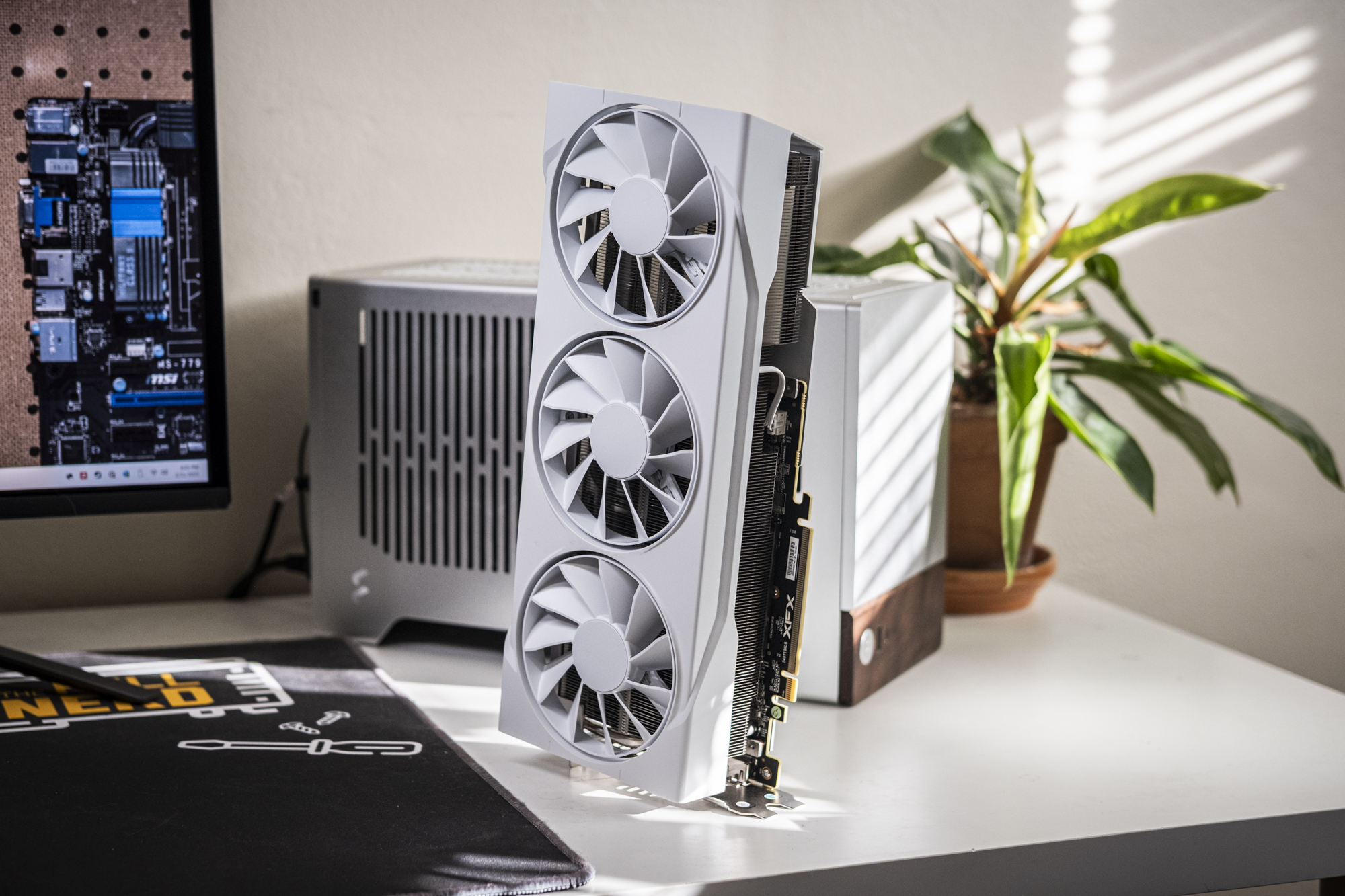
The memory bandwidth is specified in gigabits or gigabytes per second. It depends on the memory type (such as GDDR6 or GDDR7), the clock rate, and the width of the data bus. A higher bandwidth improves the performance of the card, as data flows faster between the graphics chip and memory. A high bandwidth is particularly important for high resolutions such as 4K, which represent four times more pixels than 1080p.
Even at lower resolutions, high-resolution textures or graphics-intensive features such as ray tracing can still make heavy demands on the memory bandwidth. Furthermore, the numerous processors and cores on modern GPUs must be continuously supplied with data. A bottleneck in data transfer therefore affects the overall performance of the graphics card.
Limited bandwidth often manifests itself in stuttering and fluctuating frame rates. Data transfer quickly reaches its limits, especially at high frame rates of 120 or 240 frames per second. A frame limiter can help by adapting the frame rate to the available bandwidth though.
Virtual reality applications also require a high memory bandwidth because the GPU has to calculate a separate, high-resolution image with at least 90 frames per second for each eye. Ray tracing further increases the bandwidth requirement. In this case, additional brightness data has to be transferred for real-time calculation.
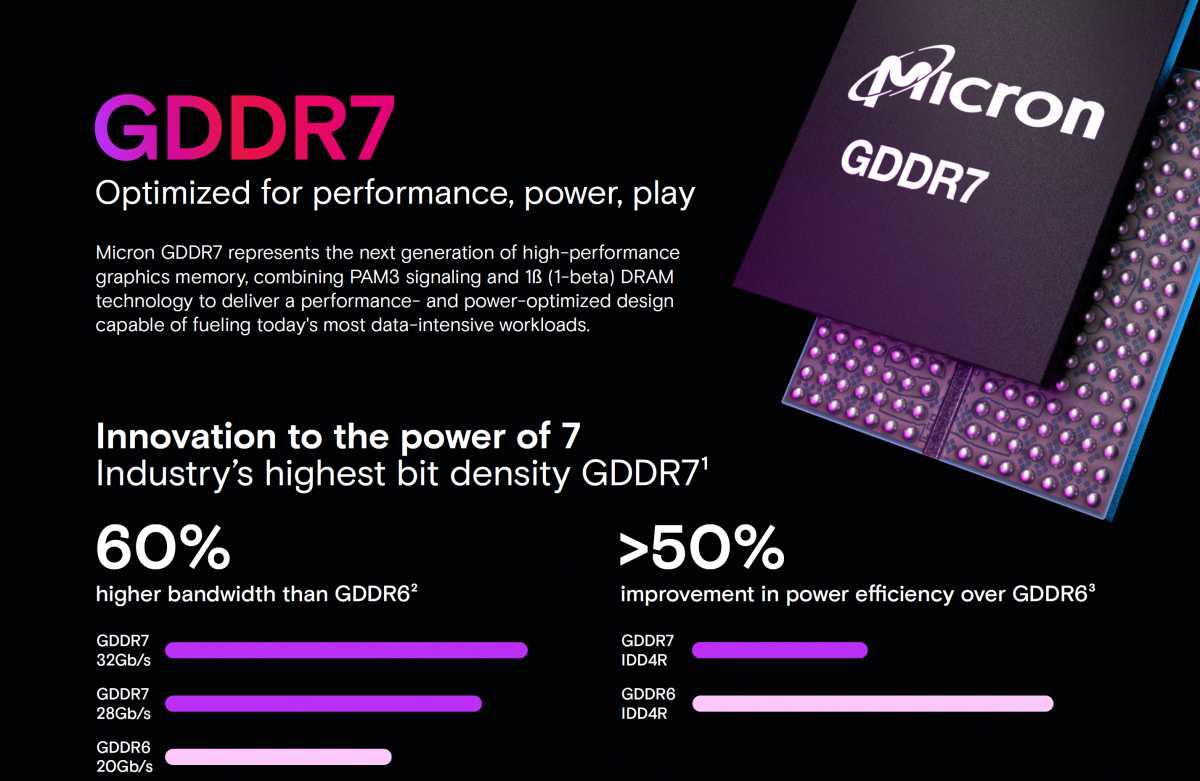
Compared to the graphics memory of the GDDR6 generation, the 7 series – here from Micron – is designed for significantly higher memory bandwidths.
Micron
Graphics cards are often optimized for specific target resolutions and detail levels. For example, models from Nvidia’s XX60 series are aimed at 1080p gamers, while higher-class cards are designed for 1440p or Ultra HD. Within a series, the available bandwidth differs mainly in the width of the memory bus.
Entry-level cards often use a 128-bit bus, while high-end models are equipped with 256 or more bits. If you are aiming for higher resolutions or frame rates, you should opt for a graphics card with a high memory bandwidth. The definition of what is considered “high” changes with technological progress.
A few years ago, 1080p was still considered the premium standard, whereas it is now usually regarded as the entry level. Benchmark tests provide a valuable guide to compare the performance of different graphics cards at different settings. They help to recognize potential bandwidth bottlenecks and select the right card for your needs.
Next time you’re in the market for a new GPU, make sure you pay close attention to the memory bandwidth on top of everything else. It’ll help you avoid potential buyer’s remorse to pay attention to this kind of technical data when buying a graphics card, or test it yourself if possible.
Inicia sesión para agregar comentarios
Otros mensajes en este grupo.
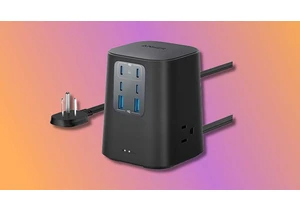
Ditch the multiple chargers and opt for an Anker charging station; it

If you’re looking for ways to upgrade your home office, then you migh
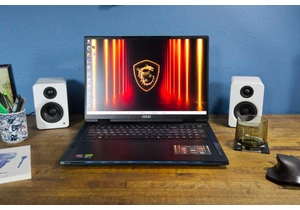

If you’re like me, you’re going to take your laptop everywhere you go

Welcome to this week’s issue of The Full Nerd newsletter—your weekly
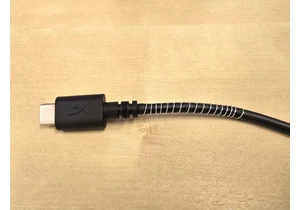

There’s a certain peace of mind that comes from being able to see who

